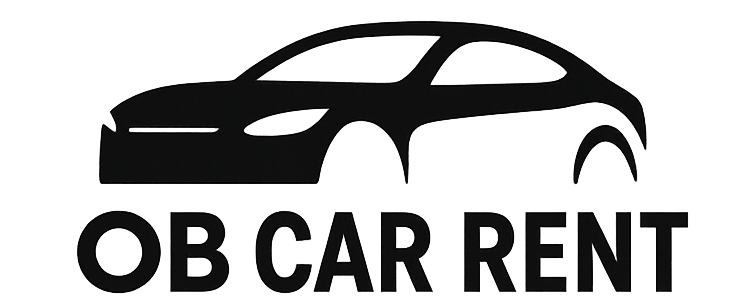Driving in Albania Safely: Tips, Rules, and What to Expect
Driving in Albania safely is all about preparation, awareness, and respect for local norms. Whether you rent a car from OB Car Rent via obrentcar.com or travel in your own vehicle, these tips will help you navigate the roads confidently.
Key Rules & What to Know
-
In urban areas like Tirana, speed limits are typically 40 km/h, while highways and rural roads have higher limits.
-
The legal blood alcohol limit is extremely low, almost zero. It’s safest to avoid drinking any alcohol if you will drive.
-
Seat belts are mandatory for all passengers.
Road Conditions & Driving Culture
-
Main roads (e.g. SH2, SH4) are generally in decent condition, but expect narrow, winding, and sometimes poorly maintained roads in mountainous or rural regions.
-
Local driving style can be unpredictable: overtaking at odd times, honking, pedestrians crossing anywhere — drive defensively.
-
At night, many rural roads are poorly lit. Visibility can be low, and GPS may not always be reliable.
Parking & Practical Tips
-
In Tirana, parking is paid depending on street congestion. Zones A and B have different rates (e.g. ~100 ALL/hr in Zone A, ~40‑50 ALL/hr in Zone B). Signs indicate times when payment is required. albania-blog.com
-
Avoid parking in “no‑parking” or yellow zones; fines/towing are possible. Use official parking lots when possible.
-
When you rent via obrentcar.com, check whether your pickup or drop‑off location offers parking, or if your accommodation does. It can save stress.
Additional Safety Tips
-
Always carry your driving license, identification (passport or equivalent), rental agreement, and insurance papers. Some border crossings require extra documentation. What To Do In Albania+1
-
Fill up with fuel before heading into remote areas, where stations may be sparse. Diesel, petrol, and LPG are common.
-
Avoid driving on rural roads after dark by planning your time well. The combination of low light, poor road surface, and unexpected obstacles (animals, people) can be dangerous.
